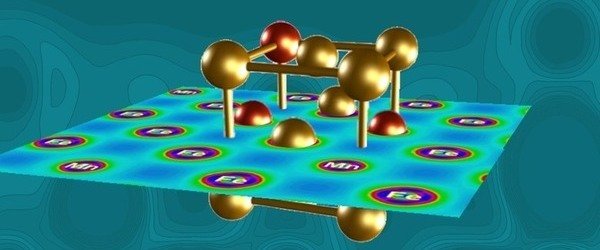
Computational Materials Design
The Computational Materials Design (CM) Department aims at the development and application of hierarchical and fully parameter-free multiscale methods which allow to simulate iron, steel and related materials with hitherto unprecedented accuracy.
A key to meet the ever ongoing demand on increasing performance, quality, specialization, and price reduction of iron, steel and related materials is the availability of simulation tools which are accurate enough to predict and design novel materials and processes alone on the computer. A major challenge one faces when developing such tools is the hierarchical nature inherent to all materials: In order to understand a property on a given length and time scale (typically on a macroscopic scale) it is crucial to understand/simulate the properties and mechanisms on all shorter length and time scales all the way down to the most fundamental mechanisms describing the chemical bond.

To address this challenge the Computational Materials Design (CM) Department, which became operational in Summer 2005, aims at the development and application of hierarchical and fully parameter-free multiscale methods which allow to simulate iron, steel and related materials with hitherto unprecedented accuracy. The department is organized in groups which are specialized in methods applicable to specific length and time scales (thermodynamics, microstructure, solidification) and which are closely interlinked by joint method development. The latter is done based on our optimized multiscale C++ library called
S/PHI/nX and pyiron, an integrated development environment (IDE) for complex simulation protocols written in Python. Employing the multiscale concept the groups work on various up-to-date research topics (e.g. Shape Memory Alloys, ab initio thermodynamics, extended defects) and are actively involved in joint projects with experimental groups within and outside the MPIE.
The department consists of a dynamic and enthusiastic team of young scientists. For young researchers interested in this new and emerging field open positions (master/PhD thesis, postdoc) can be found here.



